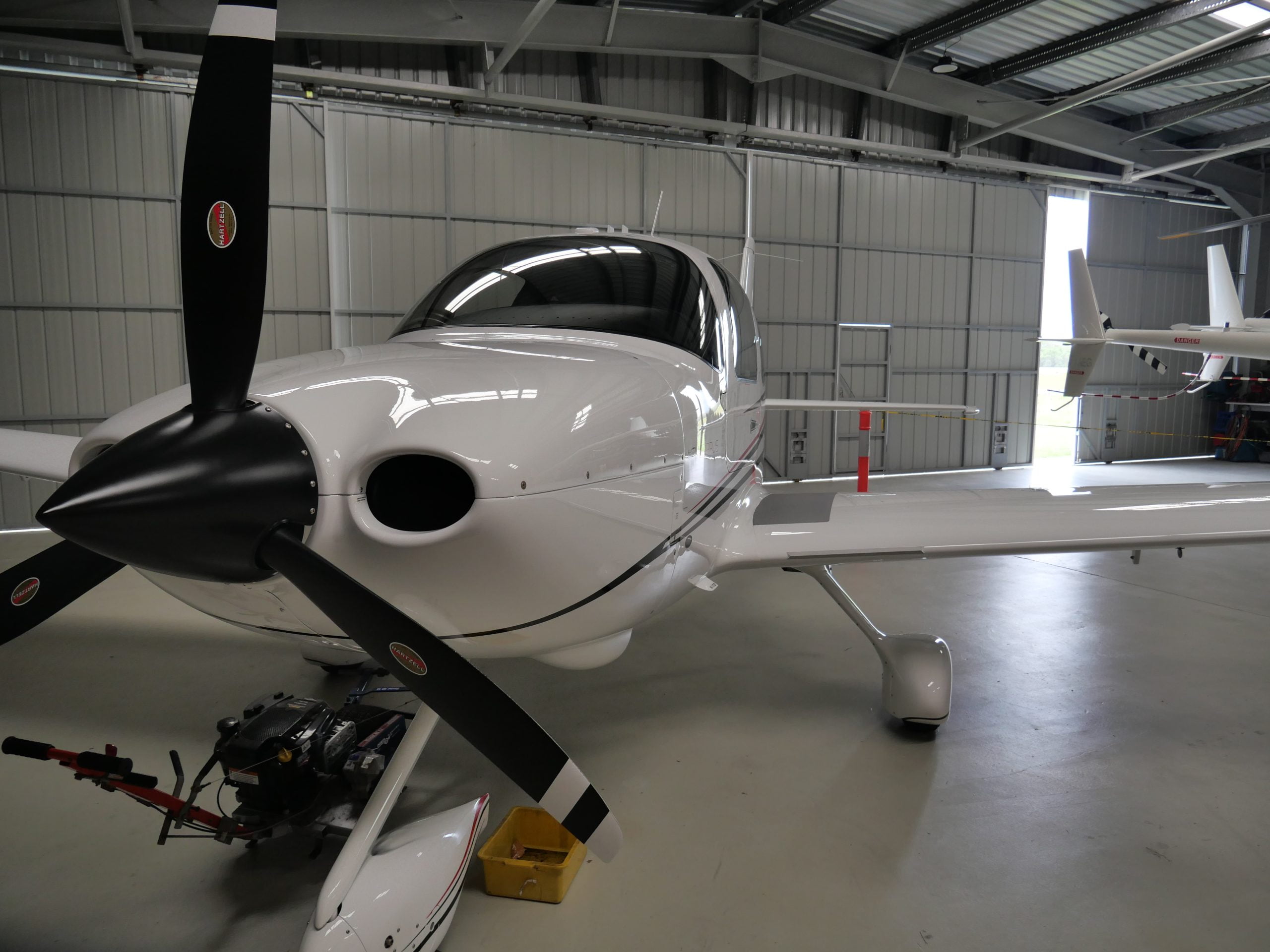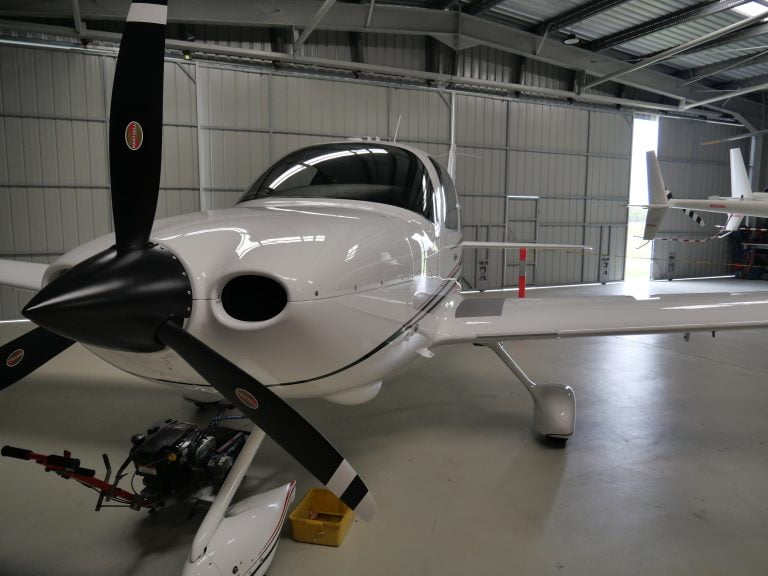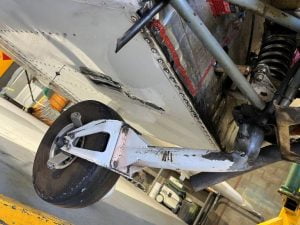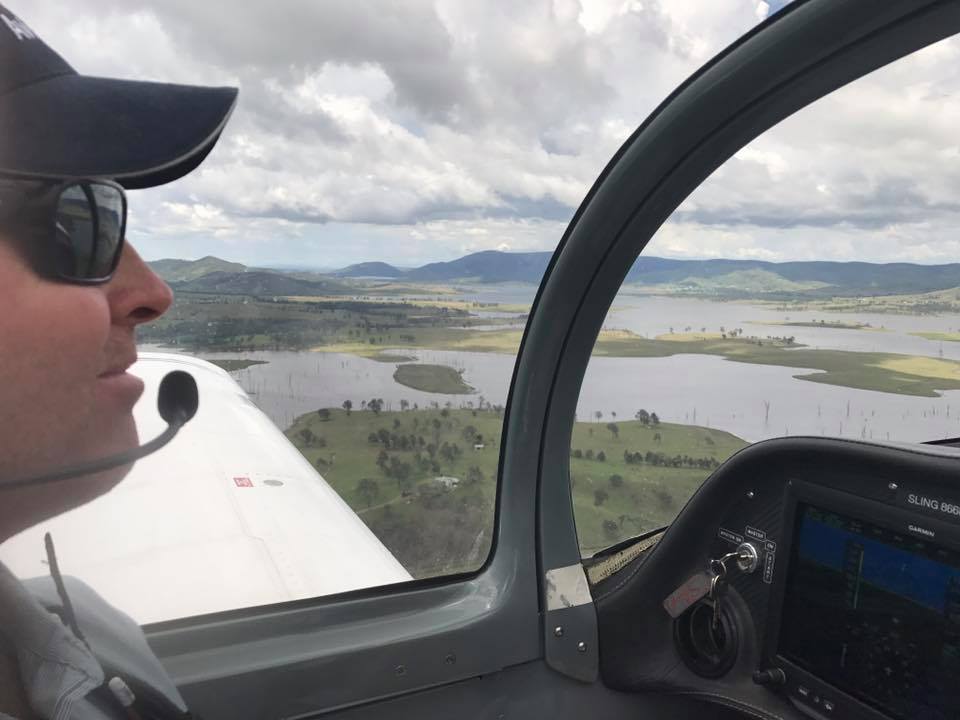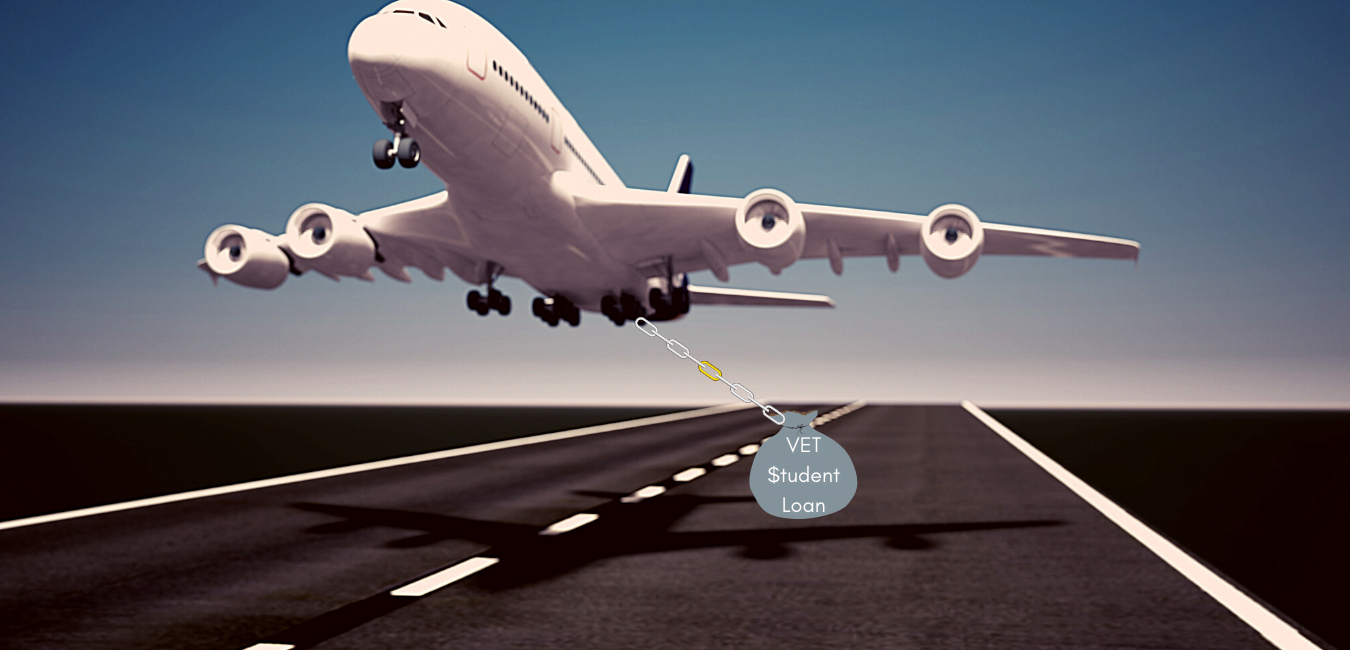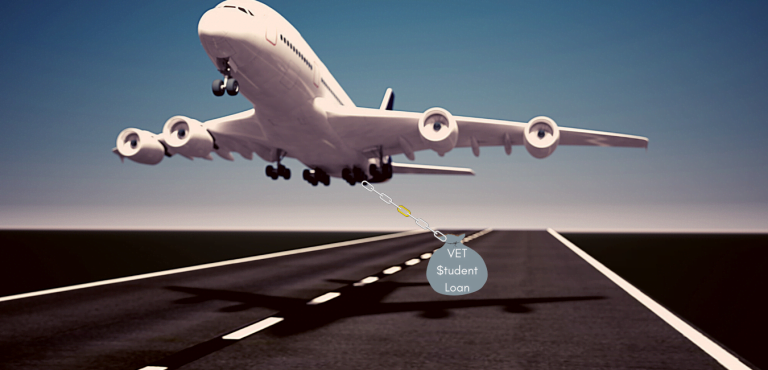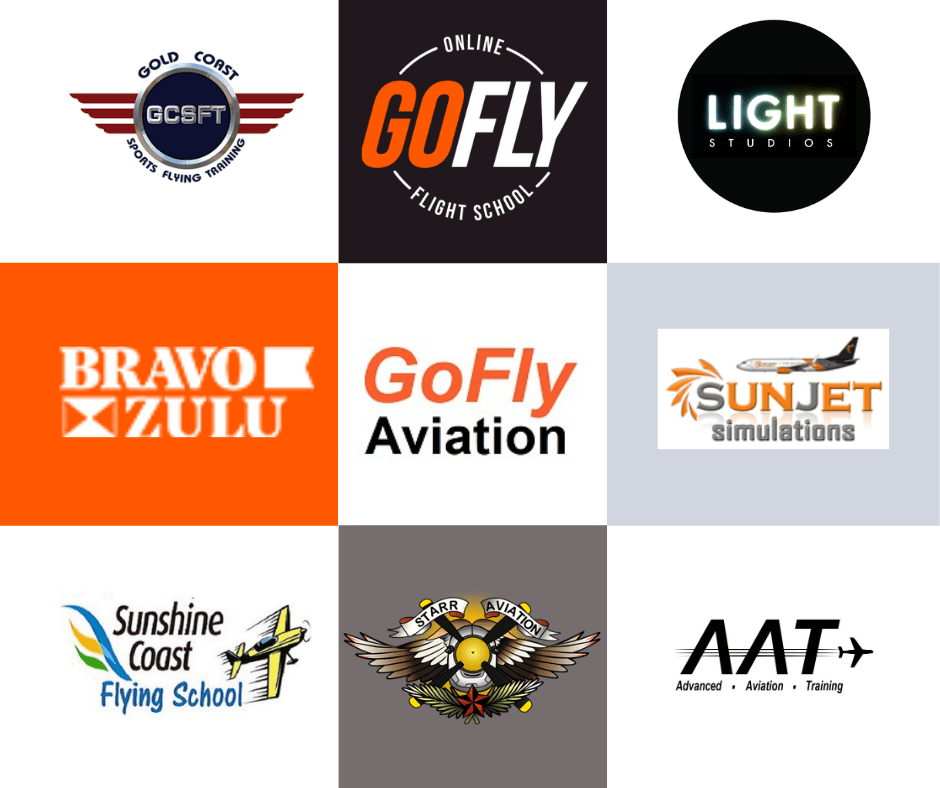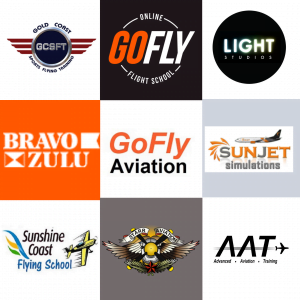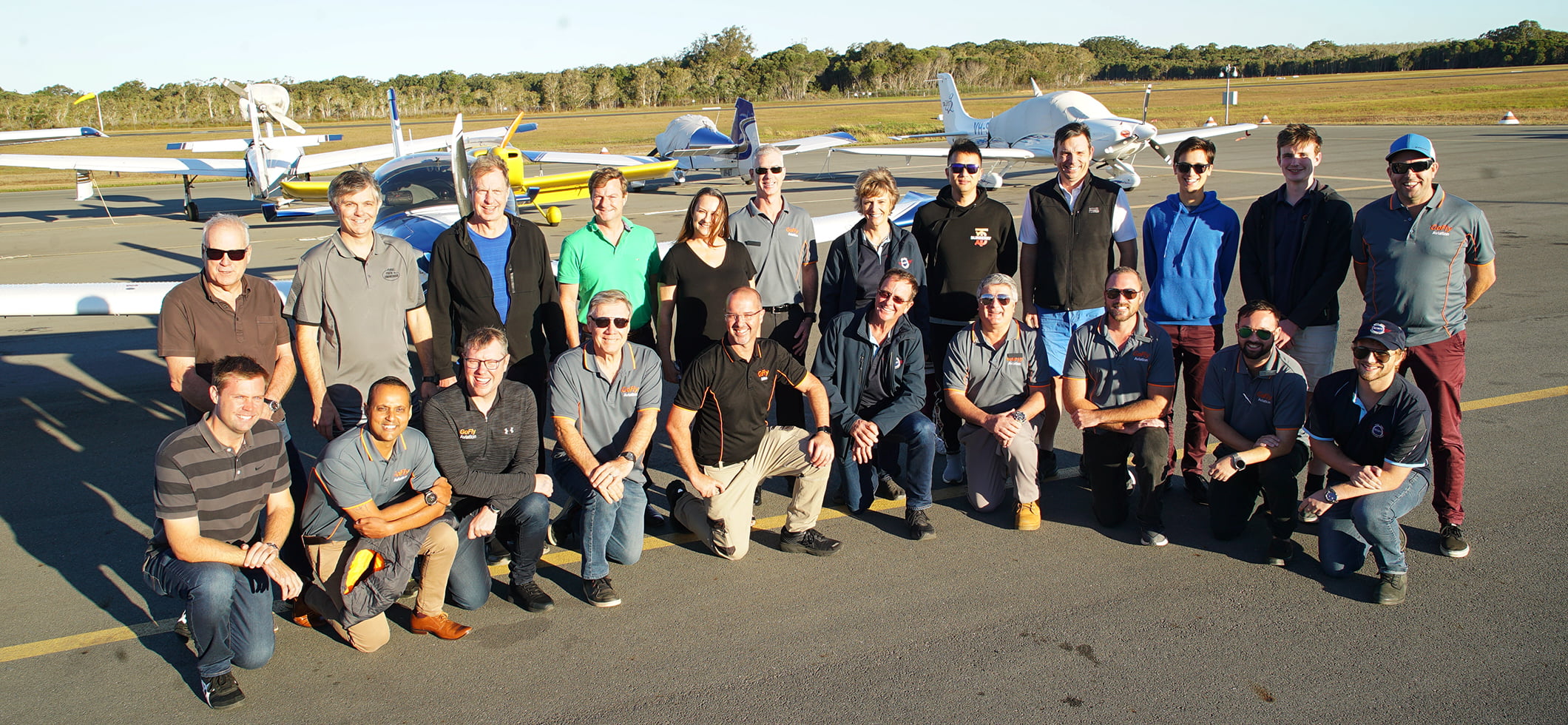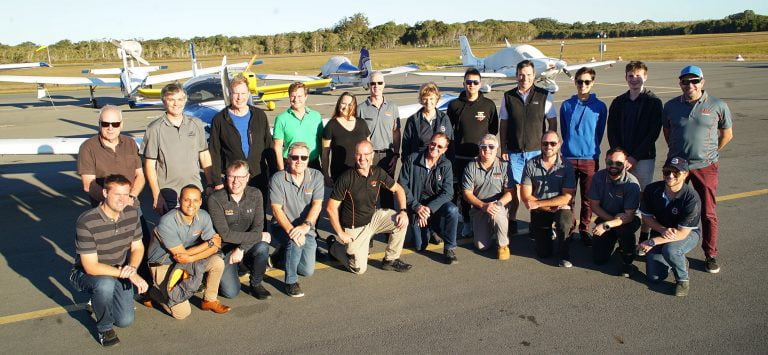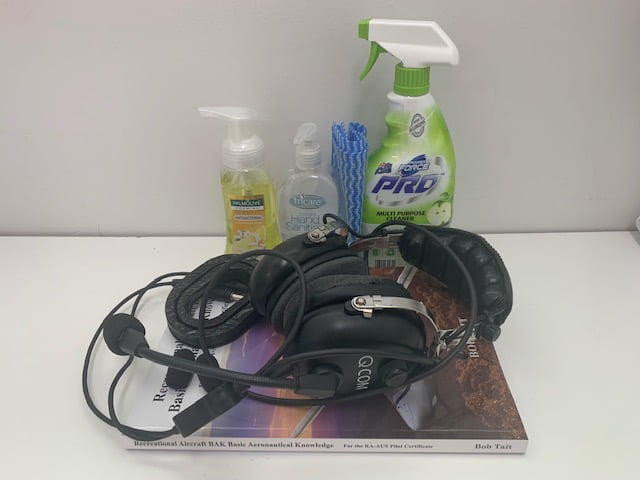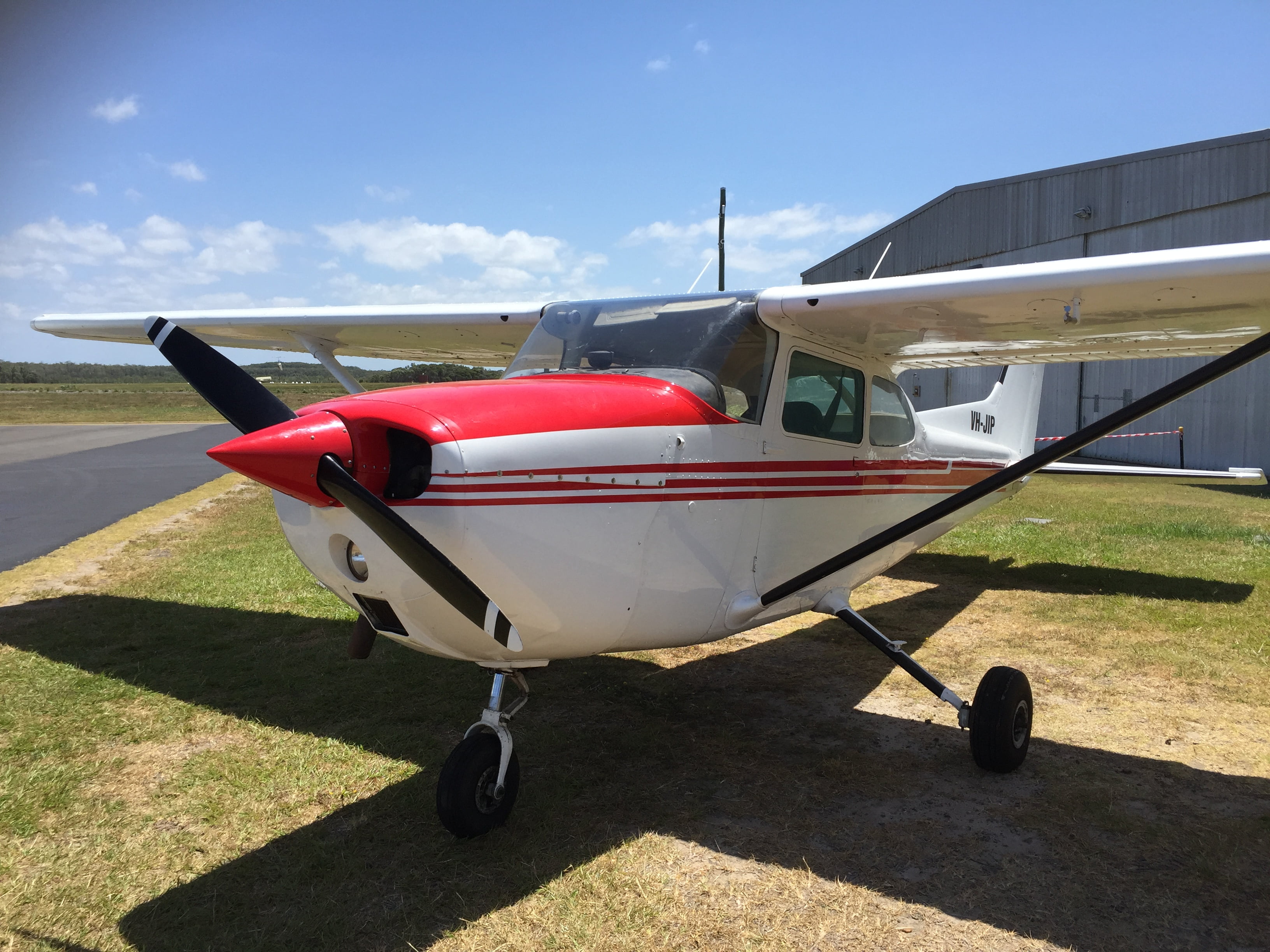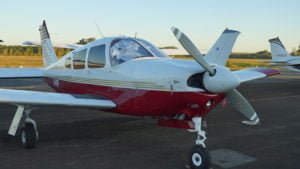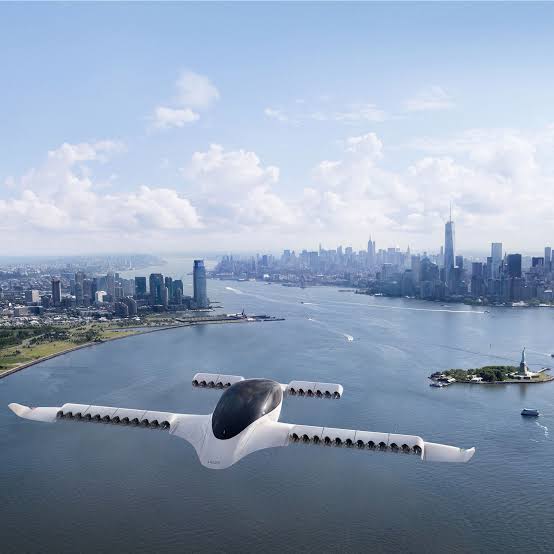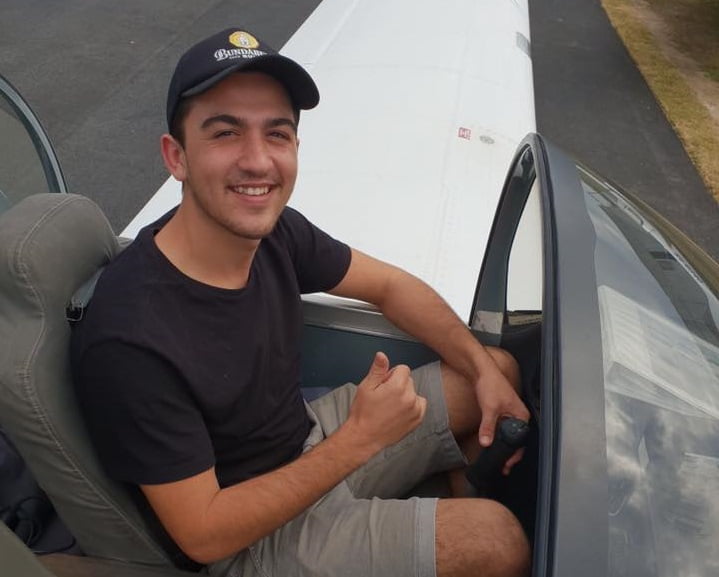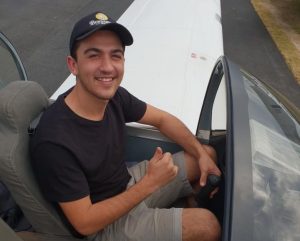Does this sound like you? You decided to learn to fly and you were enjoying your flying lessons. At first flying didn’t seem that hard… but then… you started circuit training.
Now you are learning the art of landing and taking off and completing circuit after circuit but something is wrong, and you feel as if you are not progressing. Your brain feels like its melting with too much information. You feel that riding a unicycle on a tightrope while juggling ten swords looks like an easier option.
While you may have landed once or twice in a lesson by yourself you just can’t manage to land consistently safely for the other seven landings in the lesson without the instructor reaching for the controls to save the both of you.
You start to feel frustrated and thoughts such as ‘Maybe I’m not cut out to be a pilot’ or ‘why isn’t my Instructor teaching me the right way?’ enter your mind. You start blaming yourself or your instructor or the weather for why you have not mastered this damn landing phase of your flight training (the really important bit!)
A very ironic fact that all students MUST know before they learn how to fly, is that landing an aircraft is not really that hard once you know how! However, learning to land an aircraft, can be challenging and difficult.
A lot of potentially great pilots give up during this phase of their flight training. If only they had stuck with it a little bit longer and got through the learning wall – as I like to call it – they would be able to master the landing and realise that once you ‘get it’, you ‘get it’ for life!
Your instructor will be the one who guides you on what controls and inputs to use, the correct procedures, airspeed and radio calls. This will take time and patience.
Below I have outlined nine important tips on getting through this period of your training with the least amount of fuss possible.
1 Go easy on yourself and try not to get frustrated and blame anyone else
One of the easiest ways to delay mastering your landings is to be constantly frustrated with your progress and blaming everyone else for your lack of progress.
Humans are not born with wings, so it stands to reason that learning how to land is not something that comes naturally to us. Learning to land a plane feels like you’re making progress during one lesson and then going backwards. You will have lessons where your flying was at a worse standard than your previous lessons. I had difficulty with learning to land when I first started learning to fly but I am so glad I didn’t give up.
As soon as frustration sets in, your ability to learn diminishes rapidly. When you are frustrated, you also tend to blame the weather or the instructor or the bad night’s sleep you had the night before. The best thing you can do is to expect that it will be difficult at times and to realise that it is just part of the process.
2 Be patient – you will go solo when the instructor tells you you’re safe to go solo
‘My best friend went solo in just over 10 hours years ago in an old Cessna’. I have so many students who tell me this or a similar story and it sets up a false expectation that if their friend went solo in ten hours they should also be able to. The student feels that if they don’t go solo in close to 10 hours, there must be something wrong with them.
I always tell my students that there is no logic to this type of thinking. How do they even know their friend is telling the truth? And also what sort of training standards did the school have at which he or she learnt to fly? The reality is that everyone learns at different rates: while some students may master the landings fairly quickly, that same student might take longer to reach ‘flight test standard’ later on during their training.
Going solo in minimum time is not an indicator that you are going to be a good pilot. Also, very importantly, you do not want to go solo too early (before you are ready). Iif you don’t feel confident and you do a hard landing it will really shake your confidence. To go solo you must also be able to handle all emergencies that may happen when flying by yourself – it’s not just about landing the plane.
You must be patient with your yourself and your instructor; your instructor wants you to be able to land the aircraft safely and they want you to be the best pilot you can be. One of my friends who works as a pilot for Virgin airlines took 22 hours to go solo. Obviously Virgin didn’t seem to care about this and neither should you!
3 Mental rehearsal – practice and rehearse your procedures at home in a chair or on a home simulator
I always tell students they should be practicing their procedures at least an hour when they are learning to fly. For instance, if you have a one hour lesson, you should be practicing at home the procedures for that lesson for at least an hour.
All these procedures can be practiced over and over at home. I always suggest sitting down in a chair and visualising that you are flying the circuit. The only way to learn something so it becomes automatic is to repeat, repeat, repeat. Repetition might be boring but it works. I will say it again: the only way to learn something so that it becomes automatic, is to repeat, repeat, repeat (ok, you get the idea).
If you do not do this, you end up spending the majority of your flying lesson trying to remember what comes next as far as procedures, checks and radio calls and it actually distracts from learning to fly the plane. If you can learn to do these automatically on the ground, it will free up a huge amount of mental space to focus on the landing. If you already have your driving licence, you will know how it becomes automatic after a while, to put on your seatbelt, check mirrors, take off the handbrake and ensure you are in the right gear. Sometimes we can drive all the way home from work without even remembering anything about the trip, because we are on ‘autopilot’.
OK, here is my shameless plug: we have created online videos to help teach students their procedures on the GoFly Online website. The videos really help with the students’ muscle memory for procedures and radio calls. If you have a simulator at home you can fly this while practicing your procedures.
4 The right approach – a good scan and getting the approach right every time
You may have heard that a good landing is a direct result of a good final approach. I have found this to be true time and time again with my students. The more stable the approach, the easier it is to get the landing right.
You need to make sure you give your approach the same attention as your landing. You need to be constantly asking yourself: Is my approach profile correct? Am I too high or too low? How is my airspeed, height and approach profile?
One of the biggest mistakes I see students make is getting tunnel vision; they either start focusing on the airspeed or just the runway. Once you focus on only the airspeed, you tend to lose the approach profile. I always recommend a good scan of your attitude, airspeed then runway. This way you are keeping an eye on everything and not just one element. If you’re not happy with the approach then I suggest you adopt my number 6 tip!
5 Your eyes land the plane
While it is your hands and feet that really control how the plane lands, you will never be able to land well unless your eyes are in the correct position. This means that as soon as you flare (or some instructors suggest even before this moment) your eyes should move from the threshold to the end of the runway/horizon. The reason is simple: if you are not looking towards the end of the runway you will get a ground rush and most likely pull back on the controls too quickly.
The other issue is that you have to have good depth perception to know how far you are off the ground at this height. If your eyes are looking forward you will be able to notice when the aircraft is sinking to the ground and this is your prompt to gently start pulling back on the controls.
This will only happen if your eyes are focused on the end of the runway/horizon. If one of my students has been doing great landings then suddenly one of their landings is terrible, nine times out of ten it’s because their eyes have not moved to the end of the runway. So remind yourself as soon as you start to flare: eyes FORWARD!
6. Every landing is a failed missed approach
This one is big. I will send a student solo sooner if their landings are safe (but are not necessarily always perfect) and if they know WHEN to go around and conduct a missed approach when things go wrong OVER a student who does perfect landings but is SLOW to go around (missed approach) when things go wrong.
The ability to initiate a missed approach when you balloon or bounce or when your airspeed is low or you are not lined up straight with the runway just prior to landing, is a sign that you’re getting close to going solo stage. I always tell my students that ‘every landing is a failed missed approach’. What this means is that you should be ready to go around at any time. Also it’s perfectly OK to go around if you’re not comfortable with any part of the landing. This is a sign of good airmanship.
If you’re confident about doing a missed approach and understand that it is a normal aspect of every approach then you will not feel so anxious about the landing if things go wrong.
7 Get your instructor to demonstrate regularly what the landing should look like
A lot of instructors think that the only way for a student to learn how to land is to keep the student on the controls until they get it right. While this obviously works (we learn by doing) the issue here is that over time if the student keeps practicing and practicing and they are not successfully landing correctly, they may have actually forgotten what a good safe landing looks like. The Instructor may have demonstrated how to land two lessons ago and the student may have had a week or more break between their flying lessons and may have actually forgotten what it looks like to land.
I always like to start off with every circuit lesson, no matter how many lessons that student has done, by demonstrating what a good circuit, approach and landing looks like so it is clear in their mind. Often if the student is having difficulty, then I might get them to come on the controls and we do the landing together so they can feel and see how a correct landing is done. Do not be afraid to speak up to your flight instructor and ask them to demonstrate a landing again if you are feeling frustrated with your progress. It will give you a break and allow you to watch and learn without the pressure of actually flying it yourself.
8 DO NOT LOOK through the propellor
Most students have issues with landing straight. You cannot land smoothly or anticipate the sink correctly if your aircraft is not landing straight. With most single engine aircraft with side by side seating, there is a tendency for the student pilot to look through the propellor spinner (in the middle of the aircraft) when they are looking forward to the end of the runway during the flare.
The is because the student is not sitting in the middle of the aircraft so the student tries to align the propellor with the centre of the runway. Due to parallax error the student always lands with the aircraft yawing left during the landing.
To stop this I always recommend imagining your seat is a magic seat flying through the air, ignore the prop and look directly ahead of the aircraft. You can also practice this while taxiing on the taxiway or runway to get the straight visualisation alignment correct.
9 Do not be in a hurry to land
My last tip is a simple one: never be in a rush to land, even when your bladder is bursting. When you rush the landing, you stuff the landing.
When we teach a student pilot to land we are not actually teaching them to land. We are actually teaching them to fly the aircraft as long as possible just above the runway until the aircraft settles itself gently onto the ground. We firstly fly level with the runway after the flare, then once the aircraft starts to sink, we ease back on the control column until the aircraft gently touches the ground (that’s the plan anyway).
The main problems during landing are not landing straight (not using enough or too much rudder), pulling back too much during the hold-off sinking phase and ballooning into the air, or, not easing back on the controls enough and then landing flat and hard.
I have discovered over the last 10 years of teaching landings that when I tell the students not to rush their landing, and to keep the aircraft flying as long as possible, the landings will improve dramatically. When you rush you are trying to get the aircraft on the ground more quickly and this can only end in a very bad landing or even worse, a damaged aircraft.
A lot of rushed landings happen when a student lands too far down the runway and they think they are running out of available runway to land. This is why it is vital to ‘go around’ if your approach is not correct.
I hope some of these tips have helped you. Remember, it doesn’t matter whether you go solo in 15 hours or in 25 hours – once you ‘get it’, I promise you it will just become easier and easier with time. The great news is that once you have mastered landing, the feeling of accomplishment is something you will never forget. I still remember my first solo – 30 years ago! – like it was yesterday. It is a memory and a feeling that no one can ever take from you. If it was easy, everyone would be doing it and it would not be so fulfilling and rewarding.
Happy and safe flying!
Damien Wills
CEO GoFly Group
To read more blogs by Damien click here.
